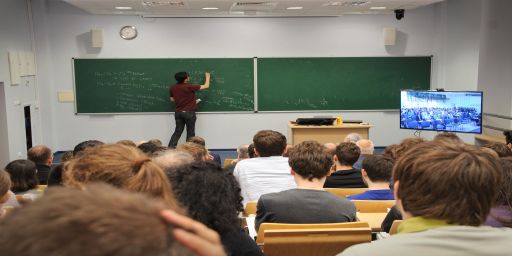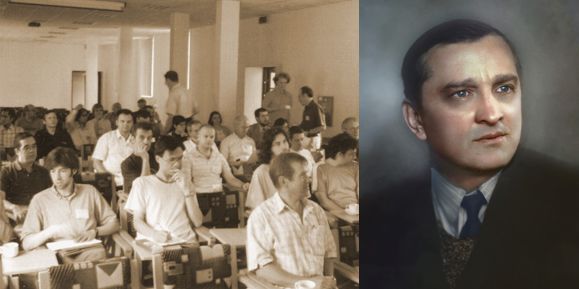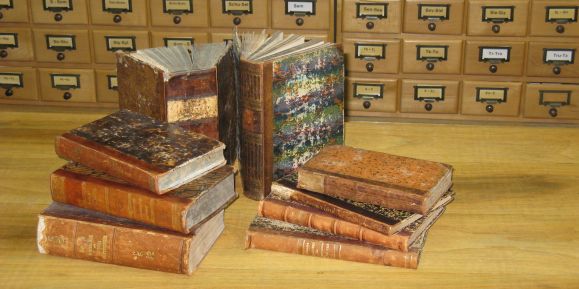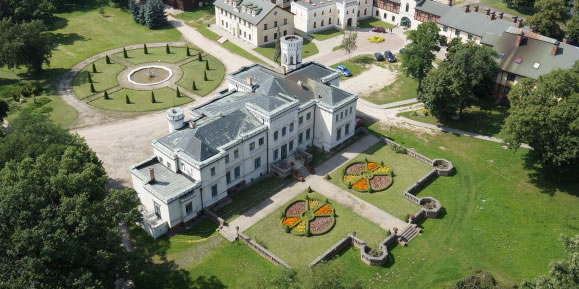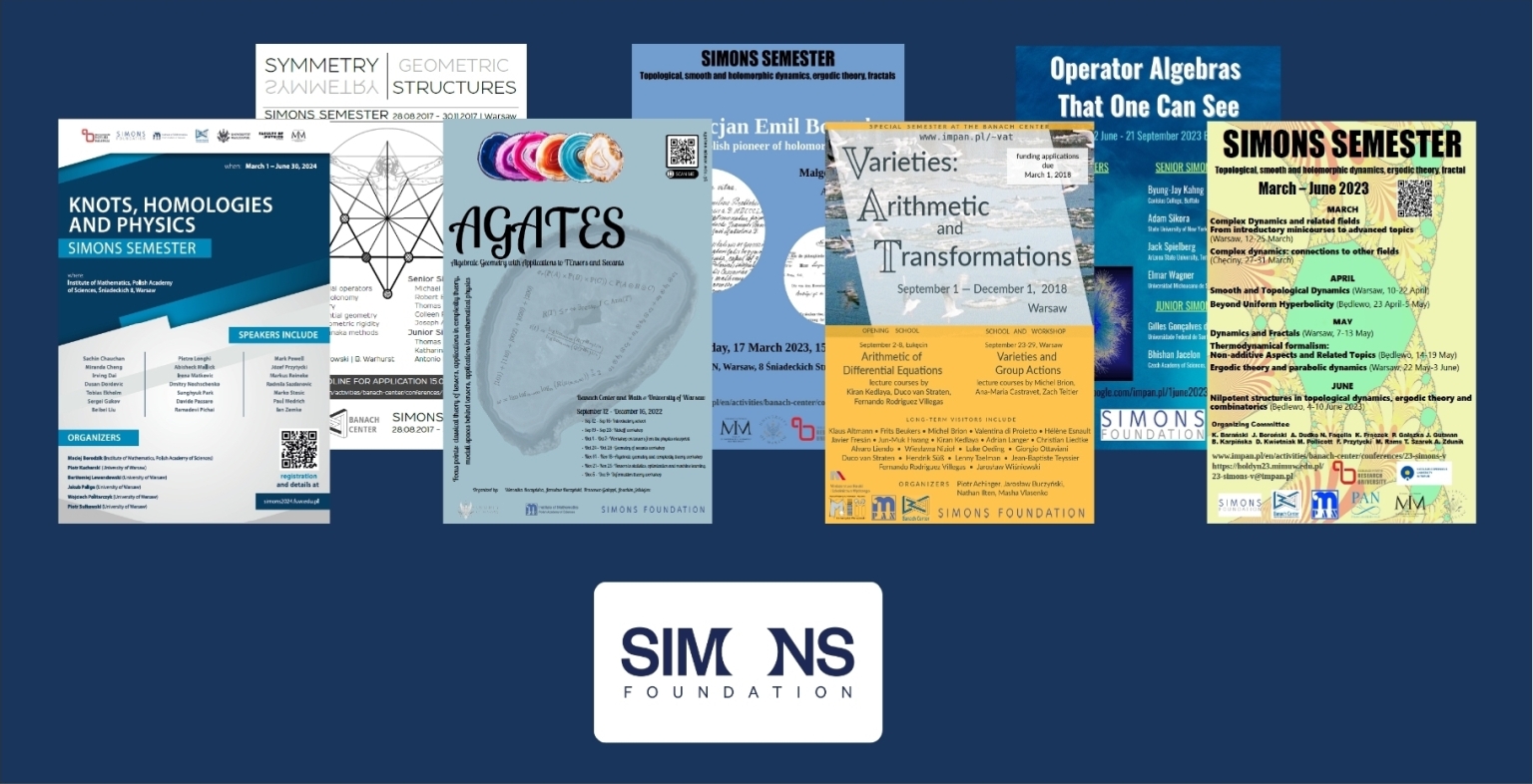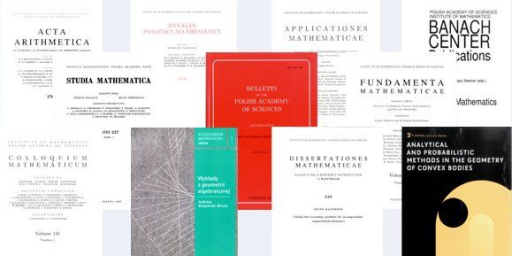Four new signals of gravitational waves produced by colliding black holes detected by LIGO and Virgo detectors
During the first observation campaign (O1), taking place in the period from September 12, 2015 to January 19, 2016, conducted by still improved Advanced LIGO detectors, gravitational waves produced by three phenomena of colliding double black holes were detected.
The second observation campaign (O2) took place in the period November 30, 2016 to August 25, 2017. The list of observation results from this campaign includes the first, historical, observation of the collision of two neutron stars, as well as seven phenomena of colliding double black holes. Currently, four new detections of gravitational waves from the second observation campaign (O2) are presented: GW170729, GW170809, GW170818 and GW170823 (designations come from the detection date).
The new signal GW170729, the third phenomenon detected in the campaign O2 on July 29, 2017, is associated with the most massive and distant source of gravitational waves observed so far. In this phenomenon, which took place almost 9 billion years ago, the energy of nearly five masses of Sun was transformed into gravitational radiation.
On August 1, 2017, the Advanced Virgo interferometer joined the observations led by LIGO detectors. The list of new signals includes GW170818 which is yet another signal detected by the global network of three LIGO-Virgo detectors. The location in the sky of the double black hole, which is the source of the signal, is around 2,5 billion light years away from the Earth. It was established with 39 square degree accuracy.
Paper presenting new signals: https://dcc.ligo.org/LIGO-P1800307/public
Catalogue of gravitational waves detected so far: https://www.gw-openscience.org/catalog/
Polish team, led by prof. Andrzej Królak from the Institute of Mathematics of the Polish Academy of Sciences, participates in the work on LIGO and Virgo projects.

